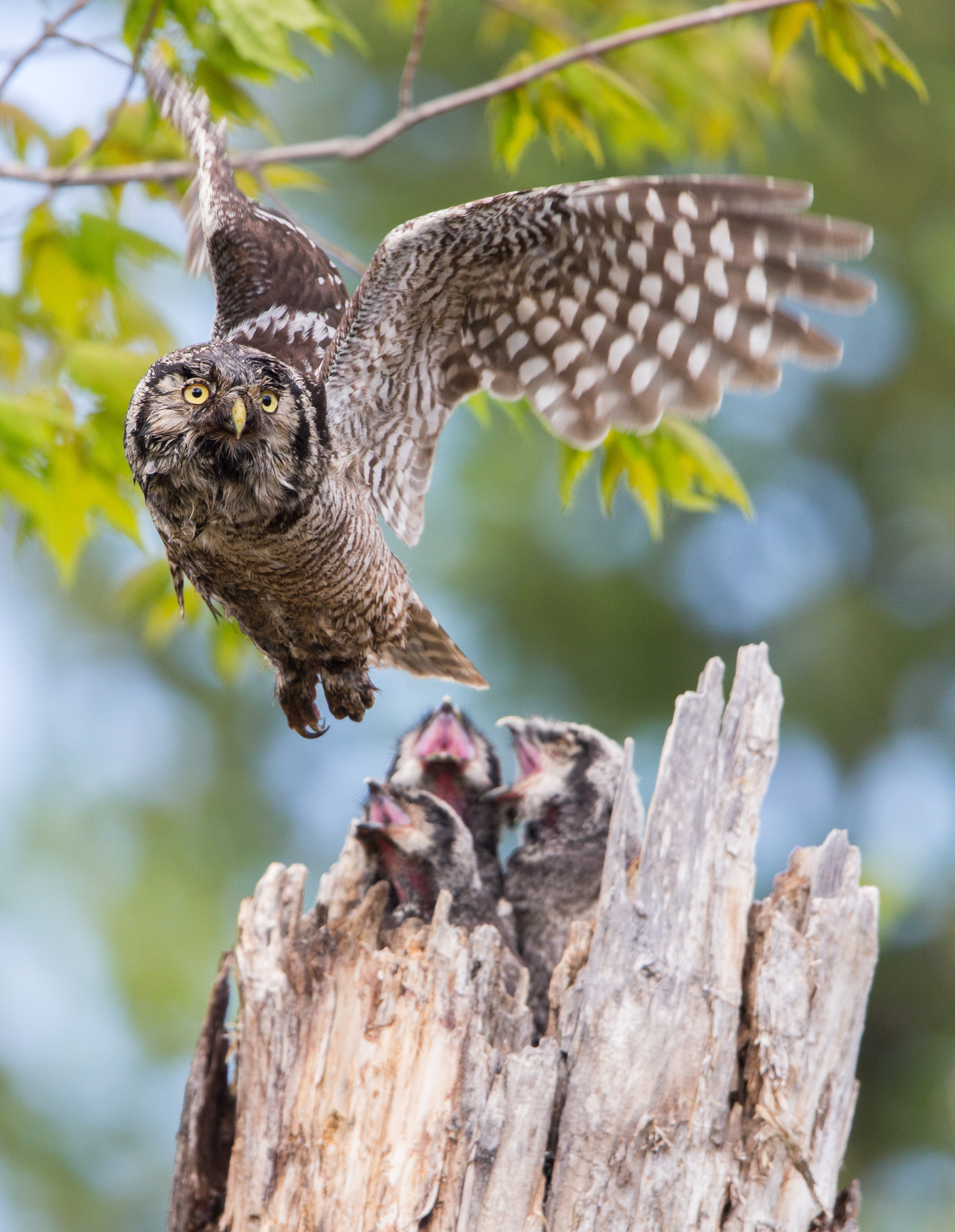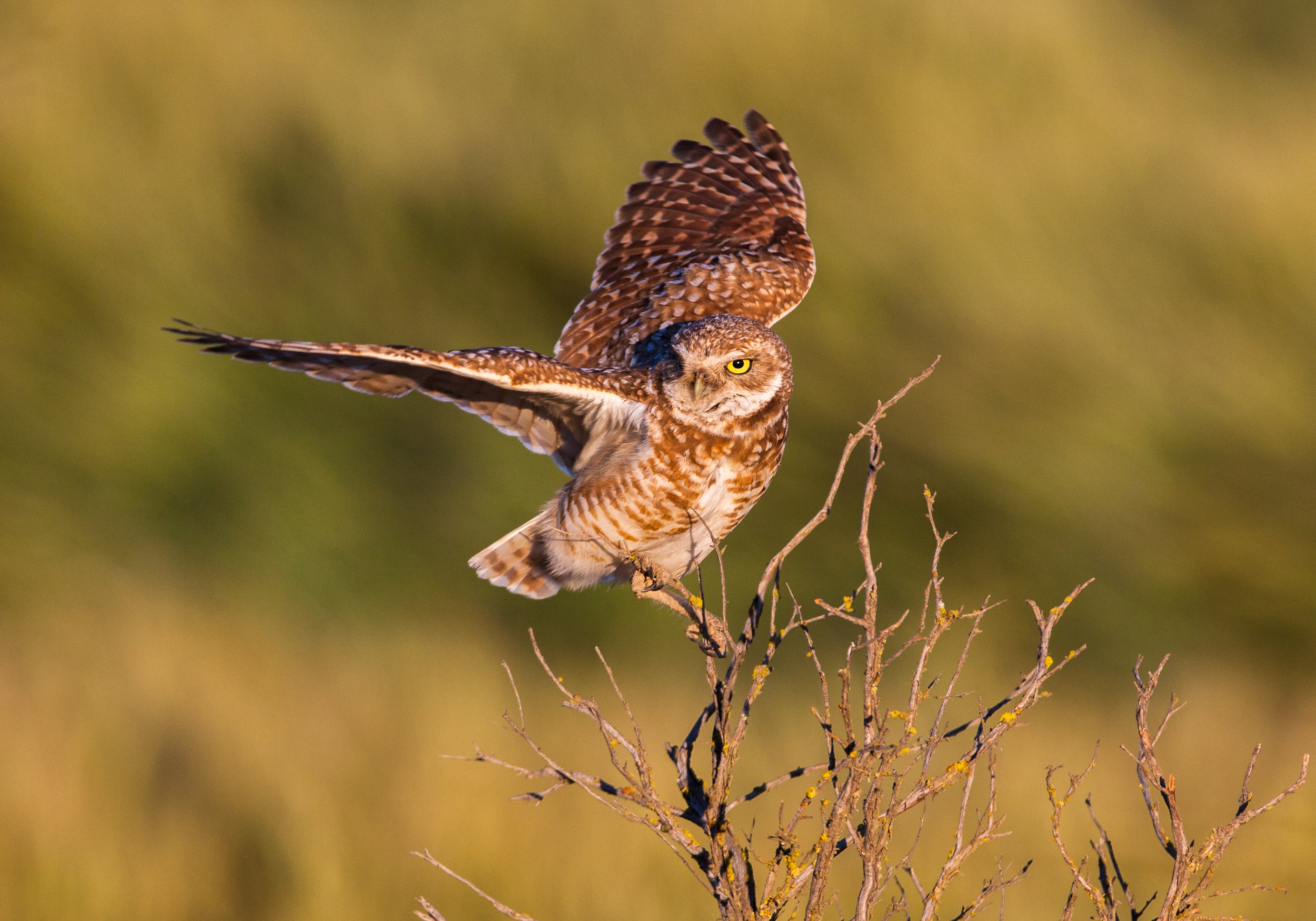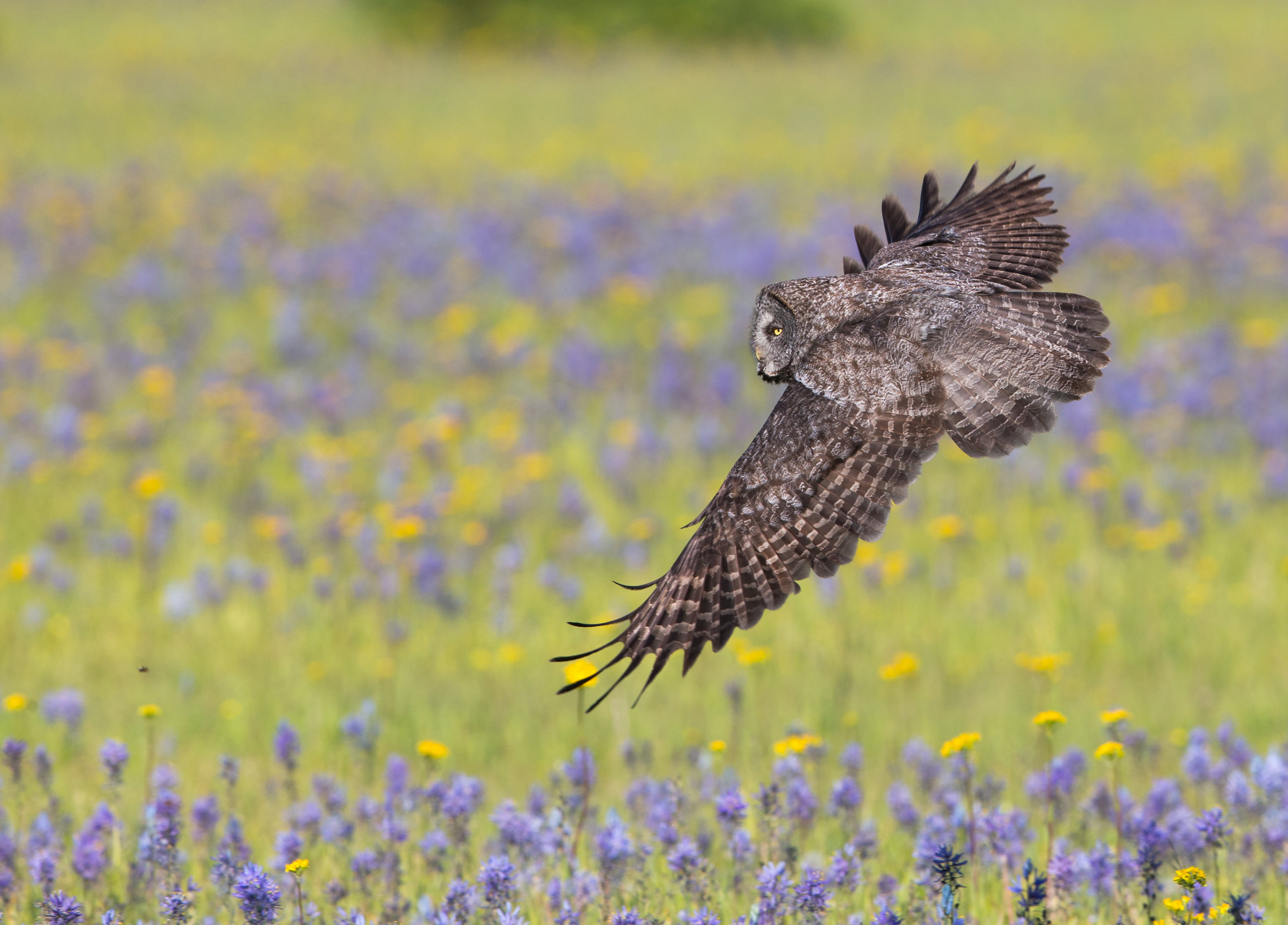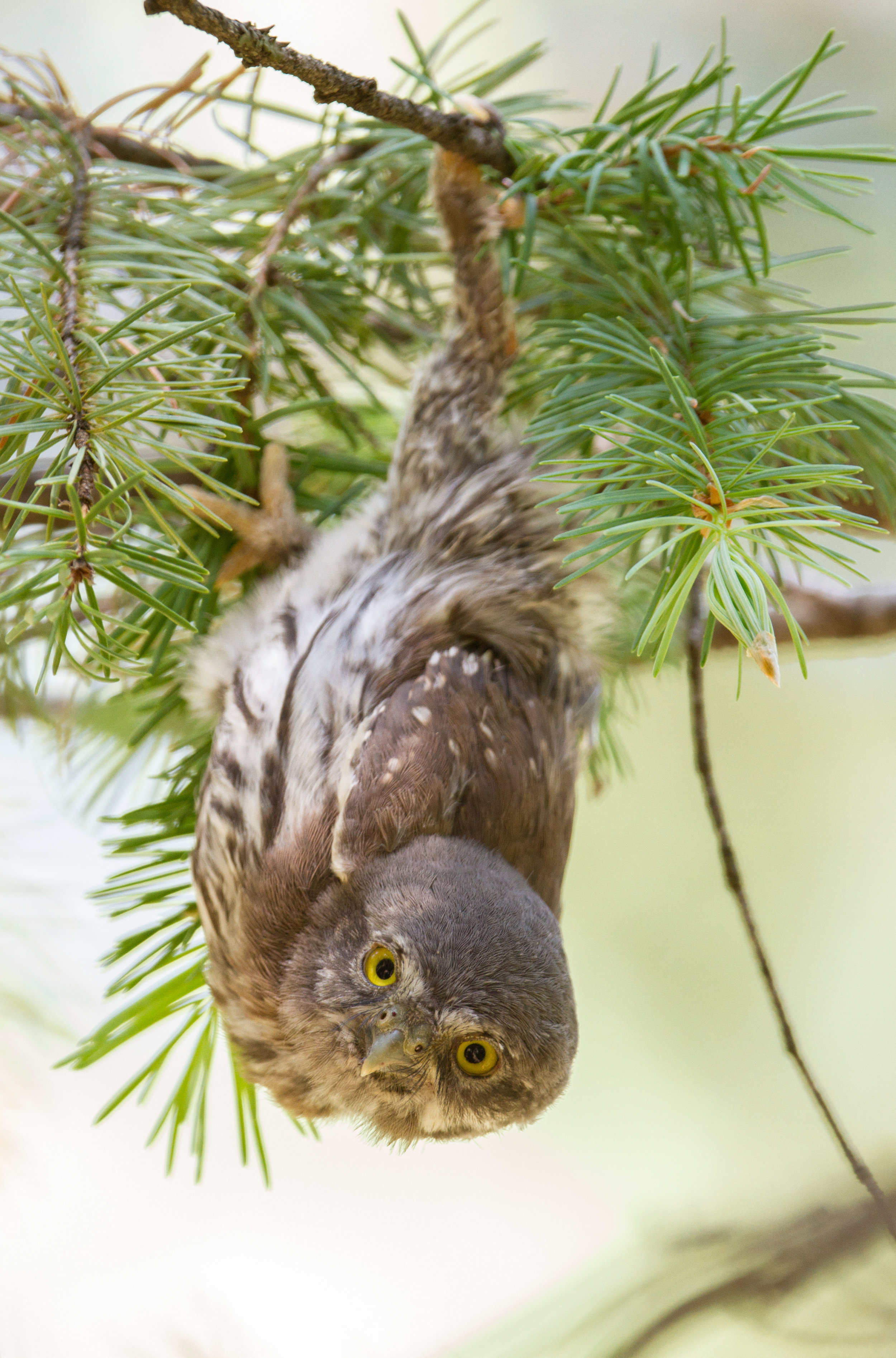1
2
3
4




The four featured owl habitats--forest, grassland and steppe, boreal, and Arctic--each reveal wildly rich stories of their own.
Paul Bannick's startling images reflect behaviors shared by all owls, as well as some surprising exceptions and adaptations.
All 19 species found in Canada and the United States are featured in photos and narrative throughout the book, with a special focus on the Northern Pygmy-Owl, Burrowing Owl, Snowy Owl and Great Gray Owl (shown above).